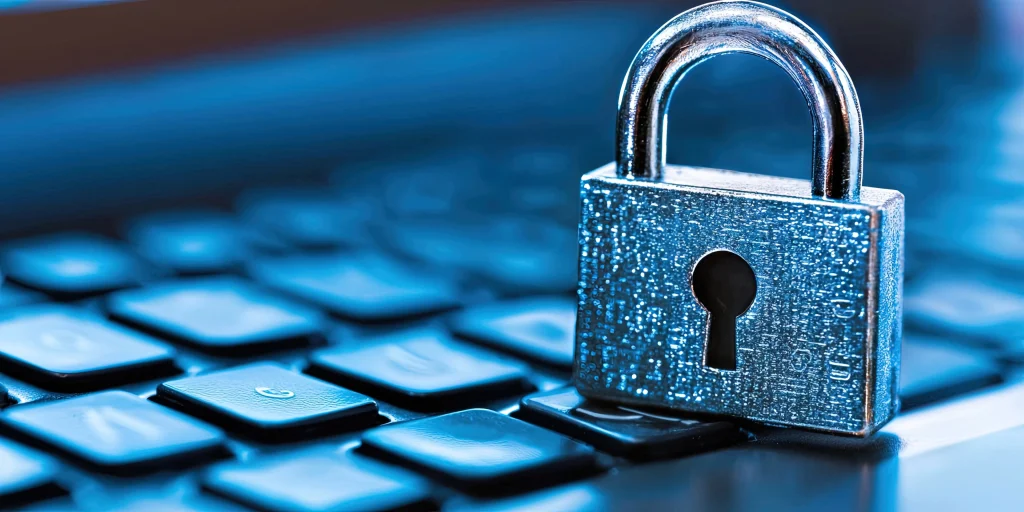TRADE tariffs and protectionist policies are forcing nations and businesses to navigate and adapt to an increasingly fractured landscape. As rivalries between major powers intensify, the world has become divided in the adoption of technologies and technology providers. At the heart of digital protectionism lies a critical issue – cybersecurity.
For decades, the world has benefited from the interconnectedness of a globally shared Internet infrastructure, which has facilitated cross-border communication, innovation and growth. This interconnectedness also enables tighter collaboration on cyber threat intelligence and a quicker response to cyberattacks. Cybersecurity measures are harmonised through international frameworks, regulatory alignment and industry best practices, reducing vulnerabilities that cyber criminals can exploit.
However, as nations reassess their technology alignment and dependencies, it is likely that new cybersecurity challenges will emerge.
Regulations and regional collaboration
One way to navigate this conundrum is to continue to push for a unified Asean cybersecurity framework that fosters a more cohesive regional regulatory environment that supports both security and economic growth. Efforts are already underway to improve regional collaboration through the Asean Cybersecurity Cooperation Strategy. However, varying levels of technology development, political priorities and regulatory environments across Asean nations make harmonisation challenging, and these efforts remain a work in progress.
BT in your inbox

Start and end each day with the latest news stories and analyses delivered straight to your inbox.
As Asean nations continue to grapple with their own national cybersecurity concerns and policies, Singapore should continue to foster and facilitate regional dialogue and information exchange, where governments, businesses and industry stakeholders come together to share best practices and develop collective responses to emerging threats. The country can also demonstrate its commitment to capability building by providing training programmes, resources and technical support to bolster regional cybersecurity. For example, Singapore can take the lead by expanding successful homegrown initiatives such as the Cyber Labelling Scheme, Cyber Trust Mark and cybersecurity toolkits across the region to improve transparency and resilience in critical sectors.
Dilemma of picking sides
Stricter trade restrictions are disrupting cross-border technology access. The push for technology decoupling by major powers is shaking up supply chains, driving up costs and limiting access to critical components.
Companies in Singapore may face the difficult choice of aligning with one technology ecosystem over another. The pressure to comply with trade policies and competing regulations could have a significant impact on their operations and strategic partnerships. As well, those that are currently operating across competing technology ecosystems may be forced to scramble for alternatives. This could potentially lead to businesses adopting less secure or untested alternatives, giving rise to new cybersecurity risks.
Moreover, the lack of standardised protections across competing digital systems creates vulnerabilities, making it easier for cyber criminals to exploit these weaknesses. Forced reliance on multiple suppliers with varying security protocols further widens these gaps, increasing the risk of breaches.
From a cybersecurity perspective, this fragmentation is already evident in cybersecurity nerve centres, where companies with a large geographical footprint often operate security operation centres with separate technology stacks to navigate data sovereignty and export restrictions.
Fundamentally, companies must take proactive steps to safeguard their cybersecurity and operational resilience. They can look to the latest national frameworks, such as the expanded Cyber Essentials and Cyber Trust certification marks. These now offer targeted guidance on cloud, artificial intelligence and operational technology – key areas of emerging risks. The latest frameworks not only help businesses protect against the most common cyberattacks in these domains; they also simplify cybersecurity requirements. By aligning with these frameworks while keeping technology stacks modular and agile, companies can strengthen cyber hygiene practices while navigating the complex and evolving threat environment.
Additionally, they can tap into Singapore’s strong innovation ecosystem to develop and test new cybersecurity capabilities. This may include investing in research and development to address evolving threat vectors through programmes such as the Cyber Security Agency’s annual call for innovation, partnering with specialised security technology providers to enhance their defences, and deploying solutions such as zero-trust architecture, AI-driven threat detection and secure by-design frameworks that are tailored to their operating environment.
By staying agile and diversifying their technology dependencies, companies can better mitigate risks, maintain compliance and importantly, build resilience and long-term competitiveness. This will be critical to navigating the evolving intersection of geopolitics and cybersecurity in an increasingly bifurcated world.
The writer is EY Asean cybersecurity leader. The views here are the writer’s and do not necessarily reflect the views of the global EY organisation or its member firms.


